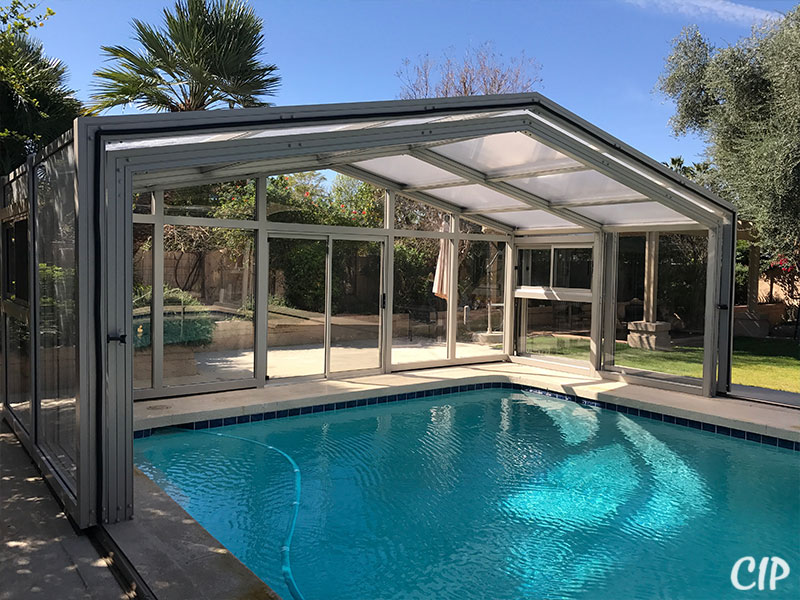
In recent years, there has been a growing trend towards eco-friendly and sustainable practices in all areas of life, including home renovation. When it comes to remodelling your kitchen, choosing eco-friendly materials is not only good for the environment but also for your health and well-being. In this guide, we will explore some of the best eco-friendly materials you can use for your kitchen remodelling project. If you are looking for kitchen remodelling, then you may visit this site.
1. Bamboo
Bamboo is a popular choice for eco-friendly kitchen remodelling due to its sustainability and durability. Here are some reasons why bamboo is a great option:
- Fast-growing: Bamboo is one of the fastest-growing plants in the world, making it a highly renewable resource.
- Durable: Bamboo is harder than most hardwoods, making it a long-lasting option for kitchen cabinets, flooring, and countertops.
- Stylish: Bamboo has a modern and sleek look that can enhance the aesthetic appeal of your kitchen.
2. Recycled Glass
Recycled glass is another eco-friendly material that is gaining popularity in kitchen remodelling. Here are some benefits of using recycled glass in your kitchen:
- Sustainable: Using recycled glass helps reduce the amount of waste in landfills and conserves natural resources.
- Unique: Recycled glass countertops come in a variety of colors and styles, adding a unique touch to your kitchen design.
- Durable: Recycled glass countertops are heat-resistant and scratch-resistant, making them a practical choice for a busy kitchen.
3. Reclaimed Wood
Reclaimed wood is a fantastic eco-friendly material for kitchen remodelling projects. Here are some reasons to consider using reclaimed wood in your kitchen:
- Sustainable: Using reclaimed wood helps prevent deforestation and reduces the demand for new timber.
- Character: Reclaimed wood has a unique character and history that can add warmth and charm to your kitchen space.
- Versatile: Reclaimed wood can be used for flooring, cabinets, shelving, and other applications in the kitchen.
4. Cork
Cork is a natural and renewable material that is both eco-friendly and practical for kitchen remodelling. Here are some advantages of using cork in your kitchen:
- Sustainable: Cork is harvested from the bark of cork oak trees, which can regenerate after harvesting, making it a sustainable material.
- Comfortable: Cork flooring is soft underfoot and provides a comfortable surface for standing in the kitchen for long periods.
- Resilient: Cork is resistant to mold, mildew, and pests, making it a durable and low-maintenance option for kitchen flooring.
5. Recycled Steel
Recycled steel is a durable and eco-friendly material that can be used in various applications in the kitchen. Here are some reasons to consider recycled steel for your kitchen remodelling project:
- Eco-friendly: Using recycled steel helps reduce energy consumption and greenhouse gas emissions associated with mining and manufacturing new steel.
- Durable: Recycled steel is strong, resistant to corrosion, and easy to clean, making it a practical choice for kitchen countertops and backsplashes.
- Modern: Recycled steel has a sleek and modern look that can give your kitchen a contemporary feel.
6. Low-VOC Paints
When remodelling your kitchen, don't forget about the paint. Opt for low-VOC (volatile organic compound) paints, which are better for indoor air quality and the environment. Here are some benefits of using low-VOC paints:
- Healthier: Low-VOC paints emit fewer harmful chemicals, reducing indoor air pollution and potential health risks.
- Eco-friendly: Low-VOC paints have lower levels of harmful emissions, making them better for the environment.
- Quality: Low-VOC paints are available in a wide range of colors and finishes, so you don't have to compromise on style.
7. Stone Countertops
Natural stone countertops, such as granite, quartz, and soapstone, are durable, timeless, and eco-friendly choices for your kitchen. Here are some reasons to consider stone countertops for your kitchen remodelling project:
- Durable: Stone countertops are heat-resistant, scratch-resistant, and long-lasting, making them a practical choice for a busy kitchen.
- Natural: Stone countertops are made from natural materials that do not emit harmful chemicals, making them a healthy choice for your kitchen.
- Timeless: Stone countertops have a classic and elegant look that can enhance the beauty and value of your kitchen space.








